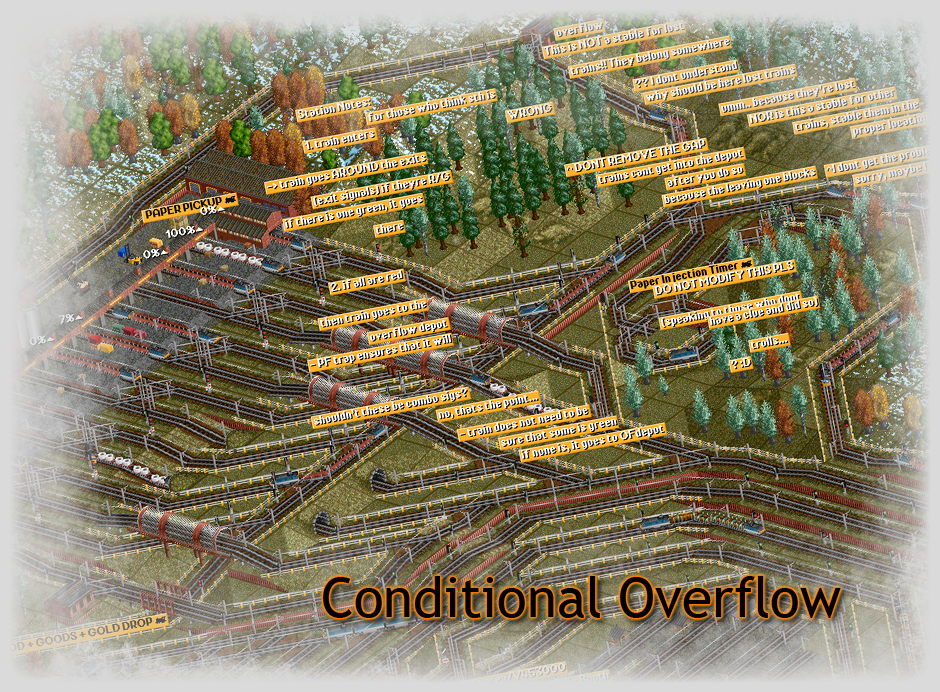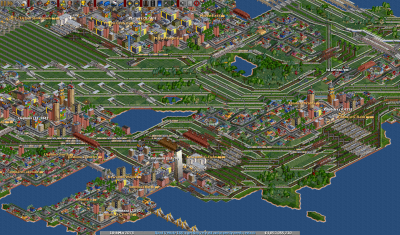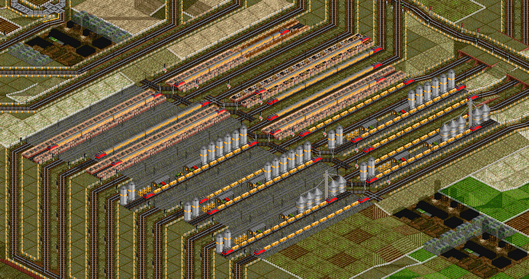Advanced Building Revue 01
As we all know, we are a community based on cooperation. This also means that we must understand each other and see what each thing is supposed to do. I would like to talk about reading other’s ideas because of two basic reasons. The first is correcting stuff. Why do we have to use signs “on purpose” and why do some stations fail even though they are copied from the working ones? And what does that mean in general?


